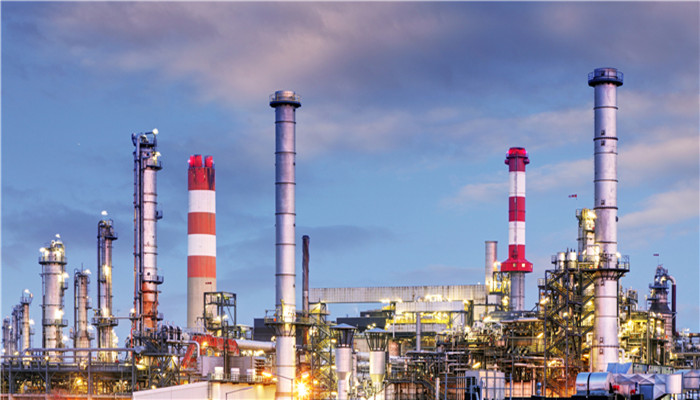
Domestic neopentyl glycol companies still mainly produce by disproportionation method, resulting in overcapacity but low output of neopentyl glycol
Neopentyl glycol (NPG) is a polyol product. It is a highly chemical and stable product that can be used in coatings, construction, textiles, automobiles and other fields. It is an important raw material for the production of polyester fibers, among which it is used for powder The demand for coating production is relatively high, accounting for about 80% of the total demand for neopentyl glycol.
There are two main production methods for neopentyl glycol: formaldehyde disproportionation method and catalyst hydrogenation method. Among them, the formaldehyde disproportionation method has a relatively simple process and a small investment. However, due to backward technology, product quality is poor, production does not meet environmental protection requirements, and there is a lack of Competitiveness; the catalyst hydrogenation method has lower energy consumption, higher product yield, and no by-products, but it has high equipment requirements and relatively high technical difficulty.
According to the “China Neopentyl Glycol Industry Market Supply and Demand Status and Development Trend Forecast Report 2021-2025” released by the Industrial Research Center , my country’s neopentyl glycol production capacity has expanded rapidly in recent years, reaching about 550,000 tons in 2020. However, in terms of demand, affected by factors such as environmental protection and the gradual maturity of downstream industries, the demand for neopentyl glycol is limited. In 2020, the domestic neopentyl glycol market demand will be approximately 360,000 tons. The overcapacity situation in the domestic neopentyl glycol industry has become increasingly prominent.
Judging from the development of the industry in the past five years, the overall operating rate of neopentyl glycol in my country is low, mainly because most domestic companies produce it through the disproportionation process. With the overall increase in the production capacity of the catalyst hydrogenation process, the operating rate of neopentyl glycol Gradually increasing, the current domestic neopentyl glycol operating rate remains at around 68%. In terms of import and export, as my country’s neopentyl glycol production capacity and output increase, my country’s neopentyl glycol imports have declined. In 2020, my country’s neopentyl glycol imports were approximately 86,000 tons.
In addition to meeting its own needs, my country’s neopentyl glycol is also exported to overseas markets. In recent years, my country’s neopentyl glycol exports have shown a growth trend, and they experienced explosive growth in 2019. Last year, the cumulative export volume was approximately 18,000 tons. my country’s main neopentyl glycol export companies include Fufeng, Wanhua, and BASF Jilin Chemical. However, due to the expansion of LG equipment in South Korea in 2020 and the impact of the overseas epidemic, my country’s neopentyl glycol exports have decreased, while imports have shown a growth trend.
The current domestic neopentyl glycol production companies include BASF Jilin Chemical, Daqing Sanju Energy, Fufeng Perstor Chemical, Shandong Lihuayi Group, Chengfeng Industrial, Qingzhou Lianhua Chemical, Qingzhou Zhiqiang Chemical, Qingzhou Zhiqiang Chemical, At present, most companies such as Xinke Aode Technology still use the disproportionation process for production.
Industry analysts said that due to the development of downstream industries, my country’s demand for neopentyl glycol is limited, but production capacity is on a growth trend. Therefore, the current situation of overcapacity is serious. At present, domestic neopentyl glycol is still produced using the disproportionation process with a low yield. The output is low, and some product demand depends on imports. Moreover, this process is not good for environmental protection. In the future, the disproportionation process may improve the competitiveness of the domestic neopentyl glycol market. Gradually replaced by catalytic hydrogenation.

 微信扫一扫打赏
微信扫一扫打赏

